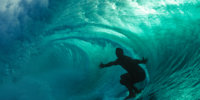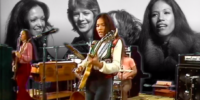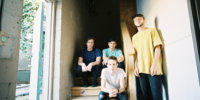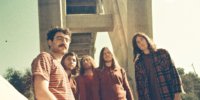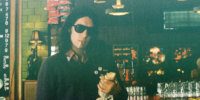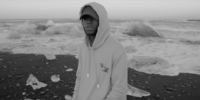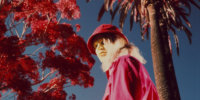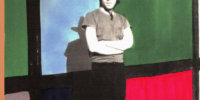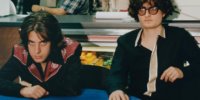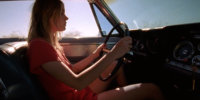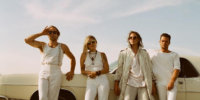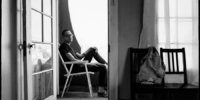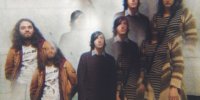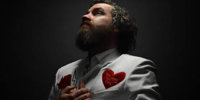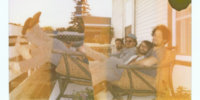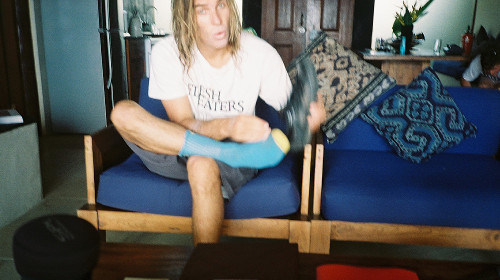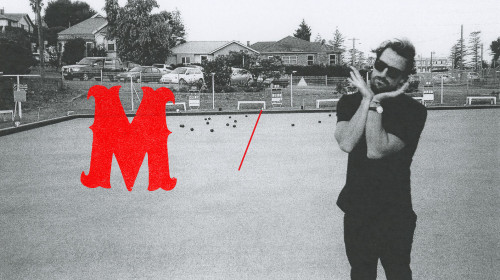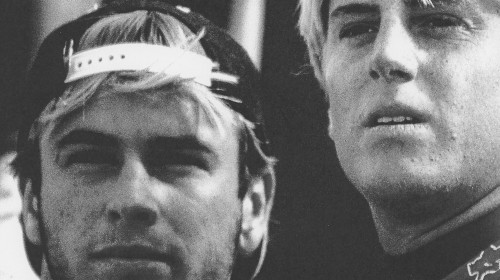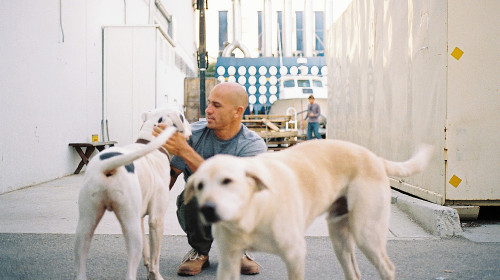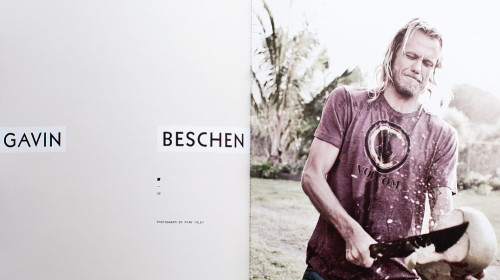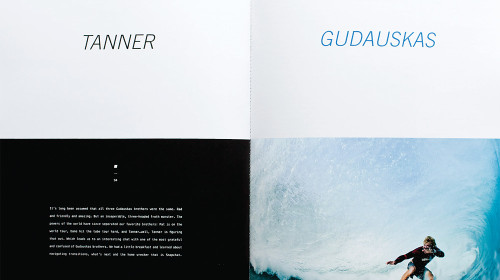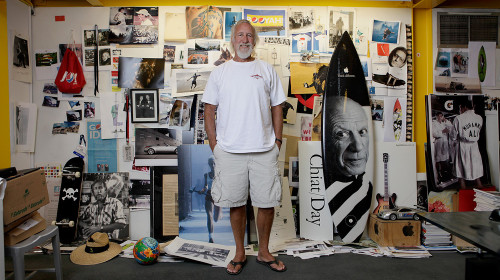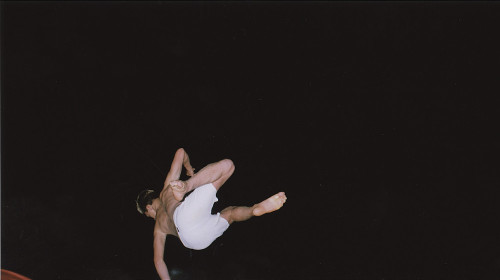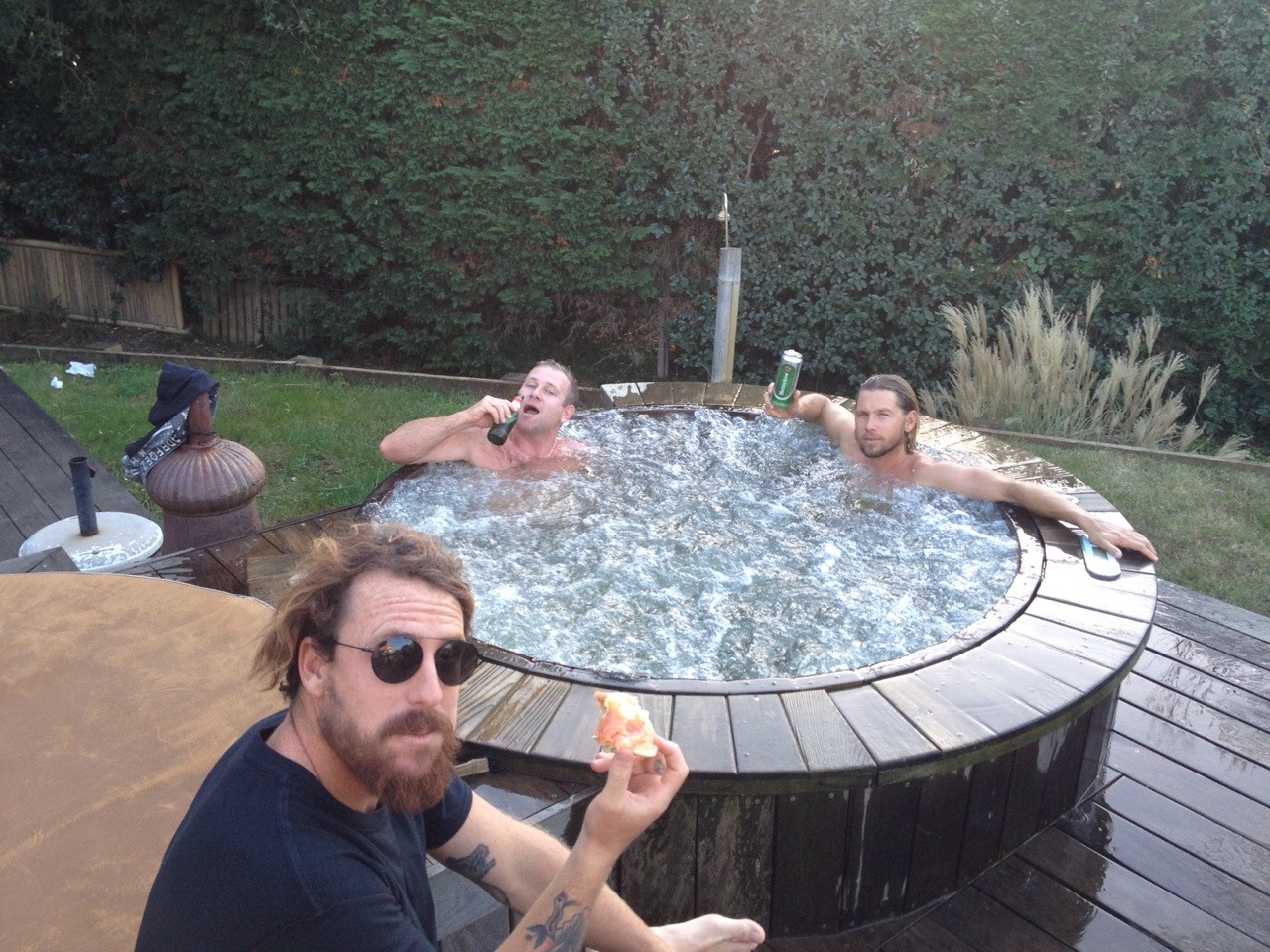Gun Outfit’s rehearsal space is down a long driveway next to the Collar & Leash in Silver Lake. There’s a table out front, with swivel office chairs lined up all around like some super chill conference room situation. I met the band here on one of those sweltering October afternoons where you just wanna curl up in a freezer and say goodnight, but everyone was in a great mood, soft and easy like their sound. Formed by Dylan Sharp and Carrie Keith nearly a decade ago, the duo performed “with just two guitars” before meeting percussionist/drummer Daniel Swire, bassist Adam Payne, and multi-instrumentalist Henry Barnes — the same Henry Barnes of legendary hardcore band Man Is the Bastard. Now, fully rounded out to a full-fledged five-piece, Gun Outfit’s sound is easy like Sunday morning, and could quench the thirst of a desert wanderer.

Their new album Out of Range dropped earlier this month, and its beautiful arrangements and expansive lyrical reach create soundscapes lush with vibrancy yet soothing to the touch, treading on a subtle country, folk, Americana seesaw that’s incredibly easy to sip. But don’t get it twisted. As Carrie attests, “we’re a rock and roll band.”

Back to their rehearsal space — as I enter their chill zone, sweat thick on all of our faces, Carrie emerges from the back, having just finished editing their latest music video for single “Sally Rose.” She’s coffee deprived. We’re all sweating. And it’s almost a perfect reminder that the desert follows you everywhere you turn. –Maya Eslami
WHAT YOUTH: Where are you guys from?
CARRIE KEITH: West of Olympia, towards the coast. In Podunk. My friends who grew up in Chelton rode barrels tied to trees, like a buckin’ bronco. You know how at some bars they have the mechanical bull, it’s like the backwoods version of that. So you tie a barrel to the tree and then you try to ride it. I don’t know if you put a saddle on it. Anyway, we live here now. Dan’s from Boston. Adam’s from here. Henry’s from Claremont. We moved down here like five years ago.
Do you guys always make your own music videos?
DYLAN SHARP: It’s Carrie’s turn. I made the last one.
Is it a rotation?
Dylan: Pretty much. I prefer that Carrie does it.
Carrie: I think I’ve only made one.
Have you guys always done it this way?
Carrie: Yeah.
Dylan: We shoot a lot of the footage.
Carrie: And Dan has a whole movie we haven’t seen of tour called “A Girl in Paris.” We try and bring a camera on tour. We used to bring super 8 or video- I actually just found I watched footage last night of our first tour with Sisters from 2009 in LA. I watched that last night.
Carrie pronounces tour like tew-er. Her voice drips out like molasses, languid and thick, and she stretches her vowels, pulling on their edges until they bend into a subtle, coherent drawl.
That was your first tour ever?
Carrie. That was our first tour down the coast. Our transmission fell out like two blocks from where we now live, seven years later. That’s pretty funny. We were stuck there for so long.
Tell me about the video?
Carrie: It’s gonna be a lot of me unfortunately.
Tell me about Out of Range. What are you most proud of on the album?
Dylan: It’s coherence and the smoothness of the presentation. It’s density.
Did you guys set out with any intentions before making it?
Carrie: Yes. High desert and low plains.
Dylan: We always set out to write albums that are better than ones previous. The stakes are always rising.
Is the desert an important symbol to you guys? As individuals and as a band?
Carrie: Yes, the high desert offers many great vistas and it’s so near to us.
Dylan: The only desert I’ve really spent time in is the Mojave and Death Valley. Just getting to know it, but I’m pretty enthusiastic. LA is pretty much the desert to us too though, because we’re from the northwest. As a symbol it’s almost on par with the ocean. It contains multitudes but reminds me more of dying than being born.
How does it feel now that the record’s done?
Dylan: Looking forward to playing these songs live because they’re already changing in cool ways. Excited about for people to hear the record too, I feel like we got the message out. Easy to recognize. Already want to do another one.
I read you used a family photo for the cover?
Dylan: Yeah, my grandpa’s. It kinda looks like a gas station post card.
Carrie: Yeah we wanted it to look like a trucker’s CD or something.
Dylan: That’s been sitting out-
Carrie: Yeah and sun bleached.
The album cover is an image of the desert, soft and hazy, like a dream.

What’s your first memory of the desert?
Carrie: Road Runner Sunday mornings.
Dylan: My grandparents had a doublewide in Indio they’d stay in in the winter. I used to go out there and ride in the GMC to Shields Date Garden and The Living Desert. I remember the lack of sound, like a fly buzzing, or a faint AM radio- the sound was sparser. Old people drying out.
What does the desert mean to you?
Dylan: It’s an opening- emptiness and expanse. It is subtle, taking on different characteristics with the changing light. Strong sensation of space. Death and preservation. Disorientation. Like looking into the past and future simultaneously. Junk shops, relics. Weariness of the earth and the feeling that there’s a lot I haven’t experienced. Thinking about water and where to get it.
Was Gun Outfit just the two of you to begin with?
Carrie: Yeah.
How did you guys start?
Dylan: It was the two of us for like a year. But we barely played. I mean we didn’t know how to play at all.
Carrie: Truth.
Dylan: Carrie and I met in Budapest and became friends while we lived in Olympia. She invited me over to jam when I was just learning guitar and we did a Neil Young and a John Prine cover and noisy originals. We just kept going. Dan is probably the reason we’re still together.


Were you guys just winging it? Teaching yourselves as you went?
Dylan: It was kind of an excuse to wear a guitar. We originally had a different drummer at first, and it was a much different style band. More like loud.
Carrie: We started with just two guitars. And then Dan [on drums] and us, and when I moved here we started playing with a bass. Actually the last practice I had before moving to LA – cuz I moved here first – was our first practice with our bass player, and then he-
Dylan: Didn’t wanna move.
Carrie: He stayed, and then we played with a few people down here, and then we found our kindrid spirit-
Dylan: Which is Adam. Adam plays base.
Carrie: He plays a little bit of everything on this record.
Do you guys all write together?
Dylan: No. [laughter]
Carrie: We don’t really jam. We’re all business now. [laughter]
Dylan: I think I write most of the songs.
Carrie: Definitely. Dylan writes most of the songs, but everybody writes their own parts, pretty much.
Dylan: We collaborate as much as possible while still having songs. Everyone does whatever they want with their own part.
Carrie: Sometimes.
Dylan: Yeah it’s collaborative. We jam, and take out a chord. Change things.
Carrie: It’s a band. It’s not like one guy.
Did you write the album together?
Dylan: I wrote most of the songs. Dan wrote “Cybele” and Carrie wrote “Background Deal.” But they did a lot more work than me in terms of editing and mixing. It’s a group effort- we’re musical socialists.
What was your inspiration behind the lyrics?
Dylan: I wrote most of the lyrics while I was working as a security guard at MOCA. Just staring at art all day and trying to figure out a way to put the thoughts I had about why people create what they do into a convincing rhyme. It’s about where we end up and where we come from and all the tricks that get played.
How do you guys collaborate on songs?
Dylan: A lot of the communication is silent. We play the songs until they sound good which means we have to listen. There’s a lot of improvisation until we record. We discuss the vibe and adjust the tempo.
How long have you guys had this space?
Carrie: A few years. We had another place in Vernon, and it was a pain in the ass to get to. And it was scary walking down the hallway there.
Why?
Dan: There were like 2,000 bands. It was insane.
Dylan makes death metal beats under his breath that vaguely remind me of “The Beautiful People.”
Carrie: It feels safe here. I can come alone at night and I don’t- I would get super paranoid going through there because I always thought about how – people playing like this crazy loud music dorm style and then if I got pulled into a room. I always thought about that. You could scream in that place and nobody would hear you.
I’ve read a lot of things about Gun Outfit’s sound being “punk gone country.” How do you feel about that description?
Dylan: That doesn’t really conjure a very agreeable image to me. We come from punk and we come from the country, but we’re someplace else now. We call it Western Expanse because it’s more vague but also more descriptive of our sound.
How would you describe your sound?
Carrie: We’re a rock and roll band.
Dylan: Ideally with a nod and a look. I would never use the words ‘indie’ or ‘americana’ but that’s a personal preference. I sometimes say ‘western music’ because it’s so vague but I mean as the latter part of ‘country and western’ and because we grew up on the west coast. But if someone wants to talk about how it sounds in relation to specific records I’m down for that.
Do you think “sound” can be defined?
Carrie: It’s pretty abstract.
Dylan: Only by example.




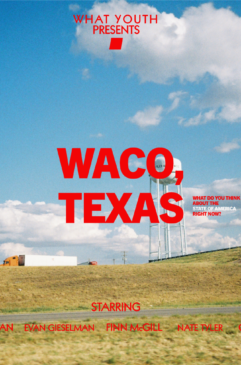
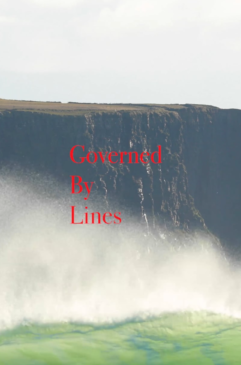
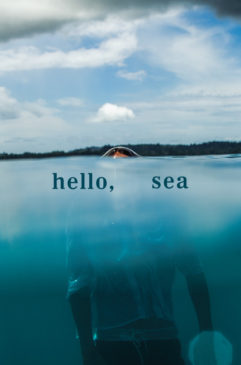
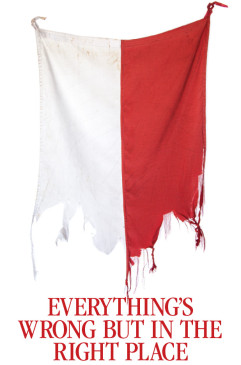
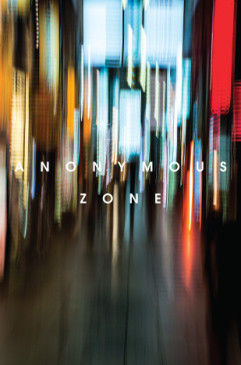
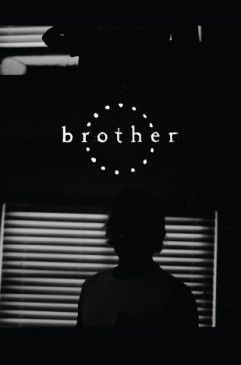
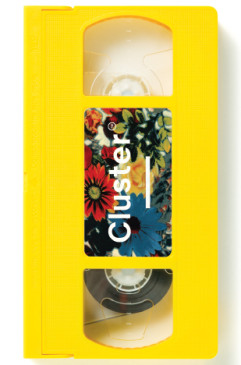
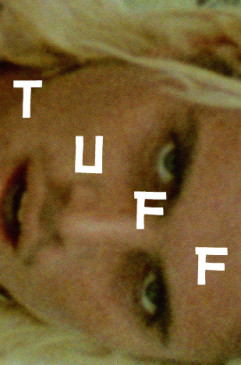
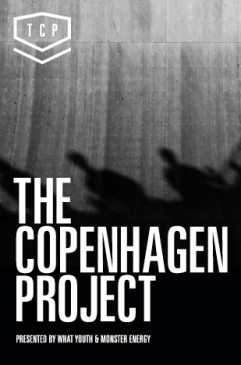
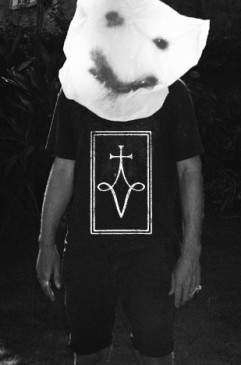
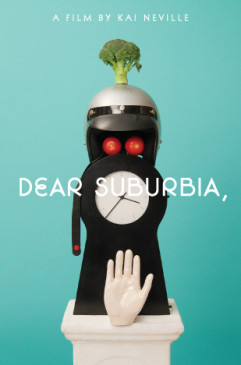
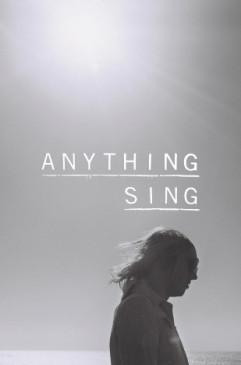


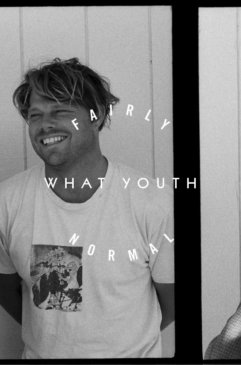
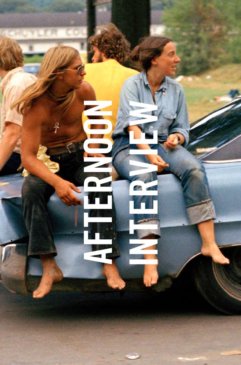
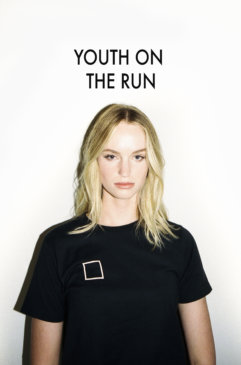
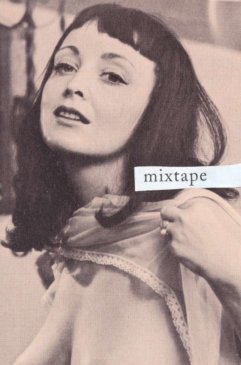
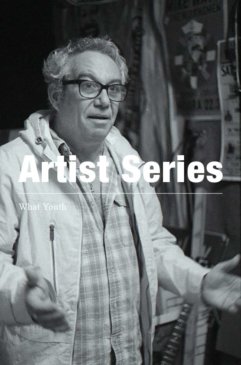
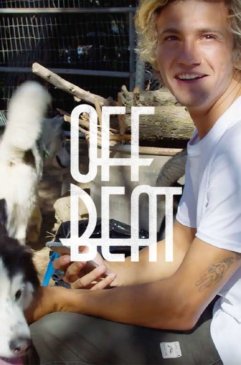
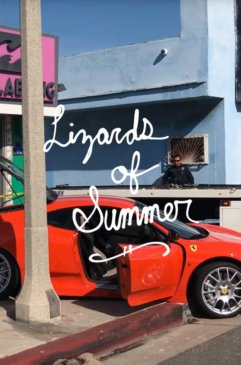
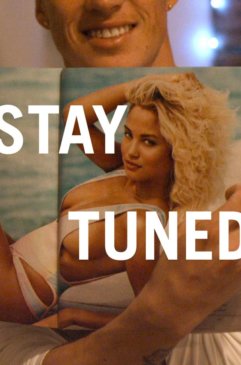
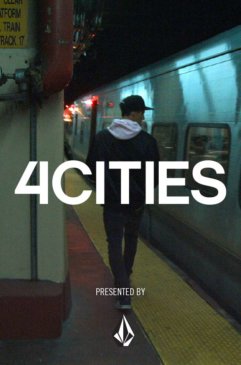
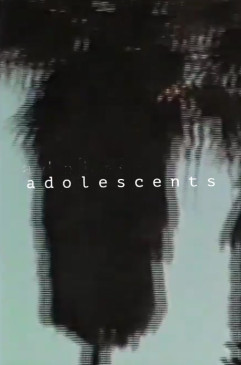
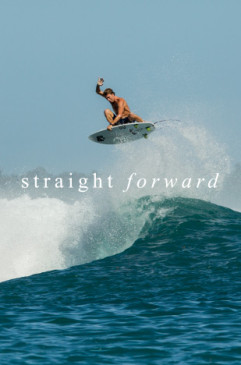
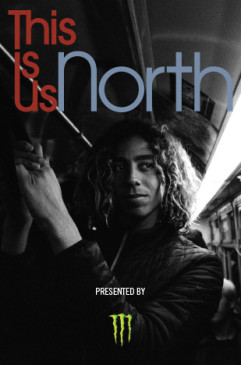
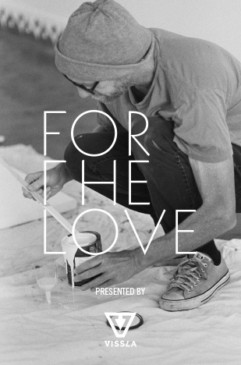
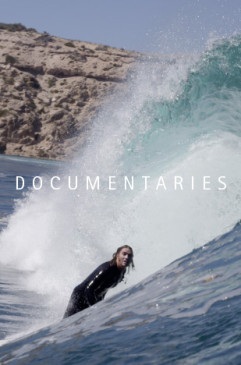
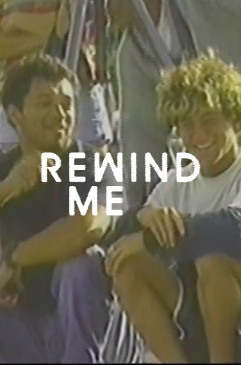
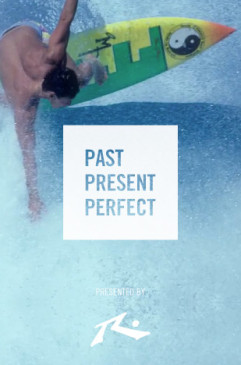
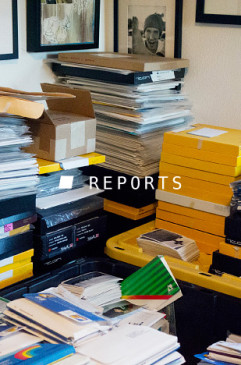
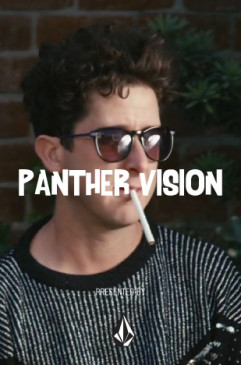
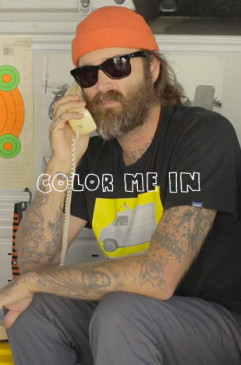
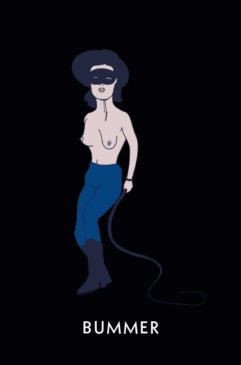
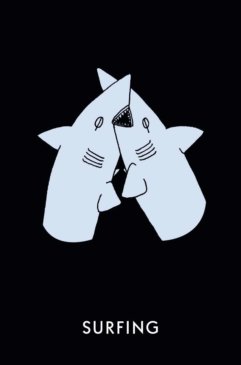
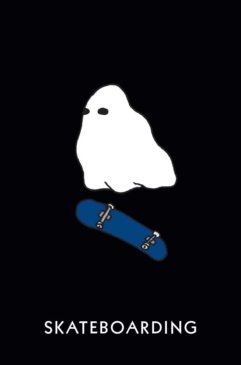
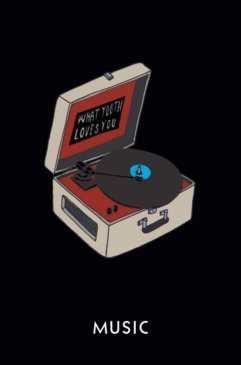
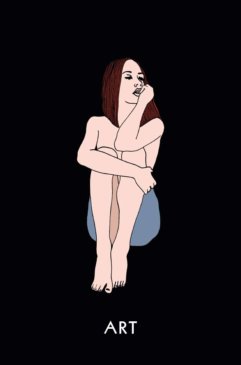
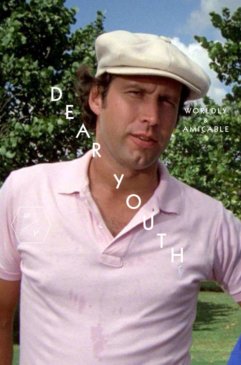
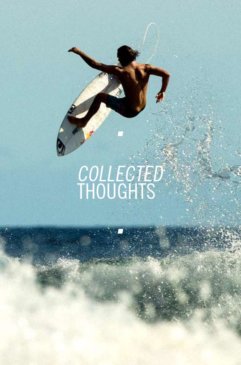


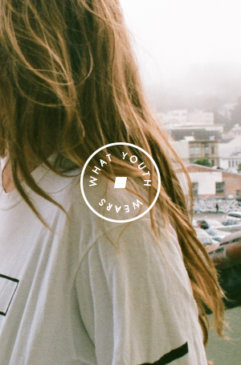

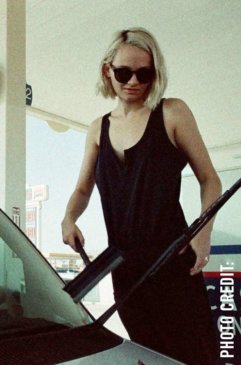


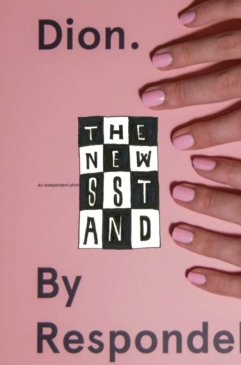
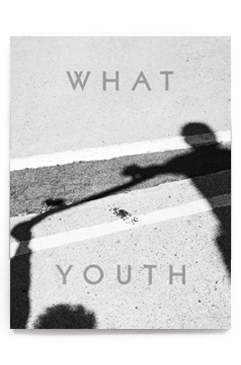
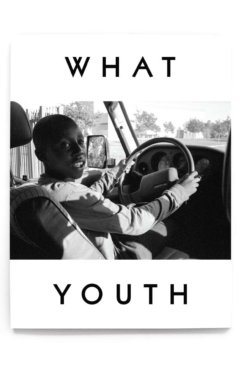
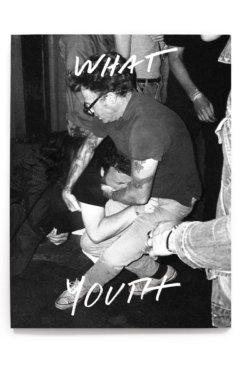
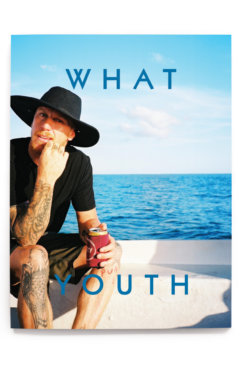
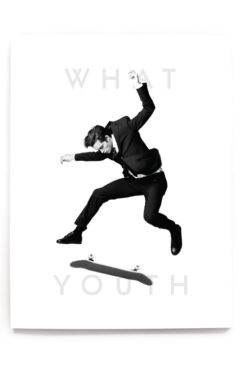
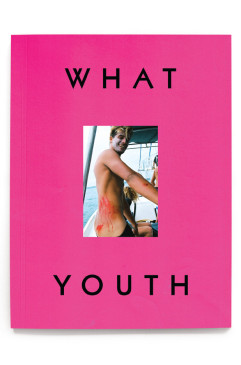
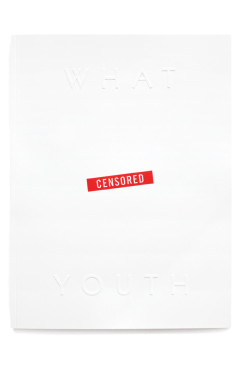
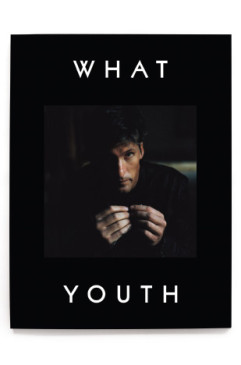
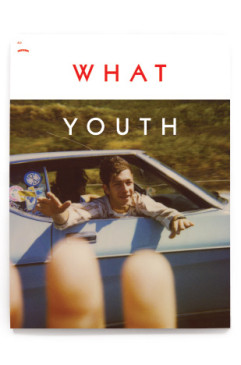
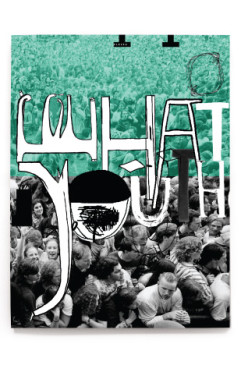
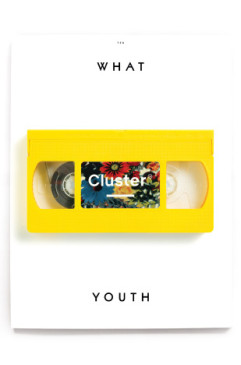
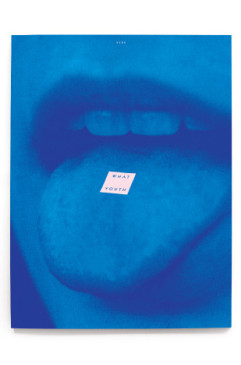
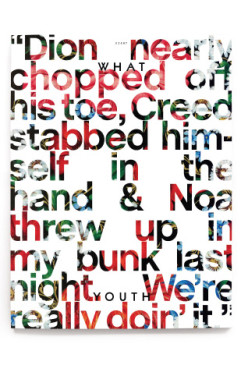
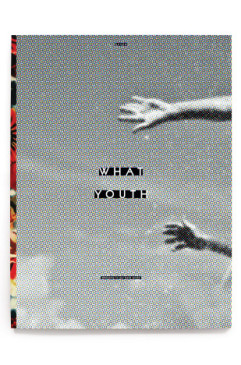
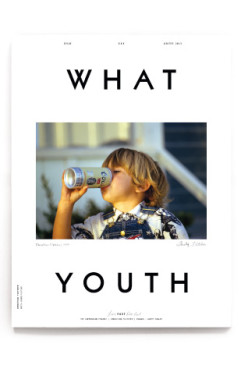
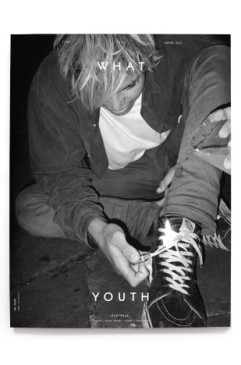
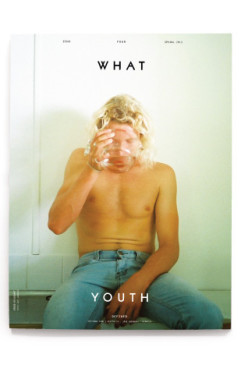
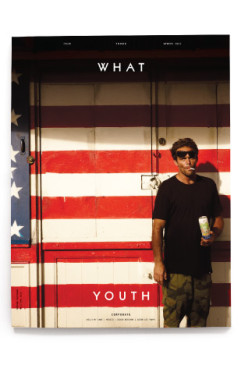
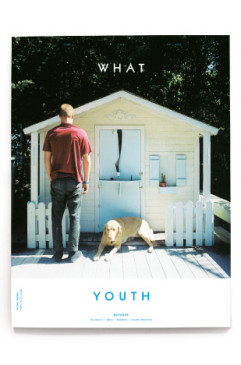
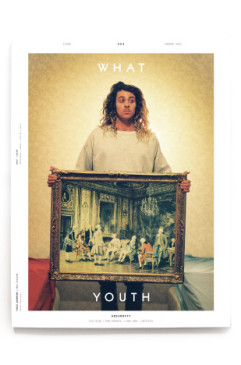
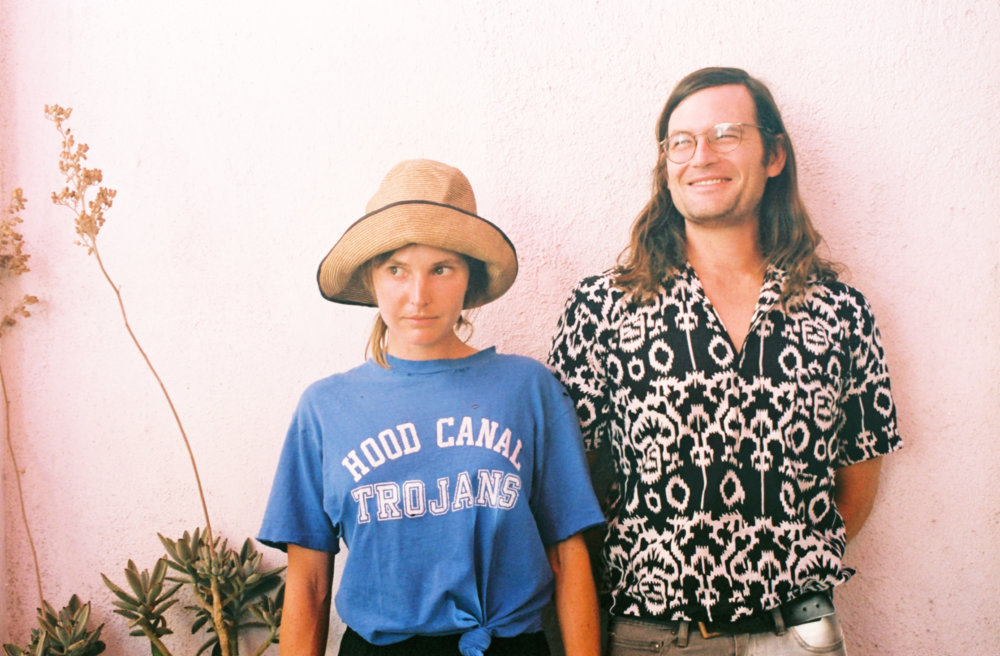
 NXT
NXT 

